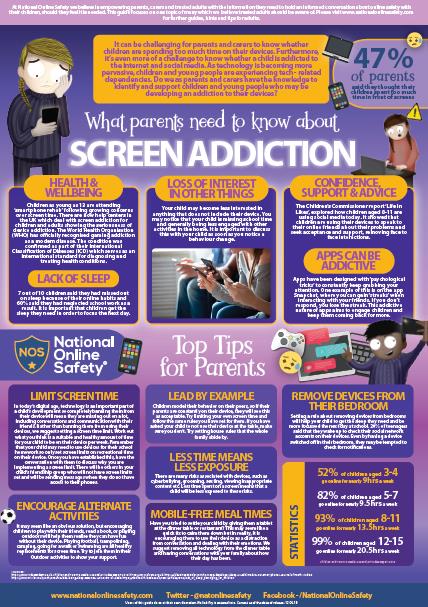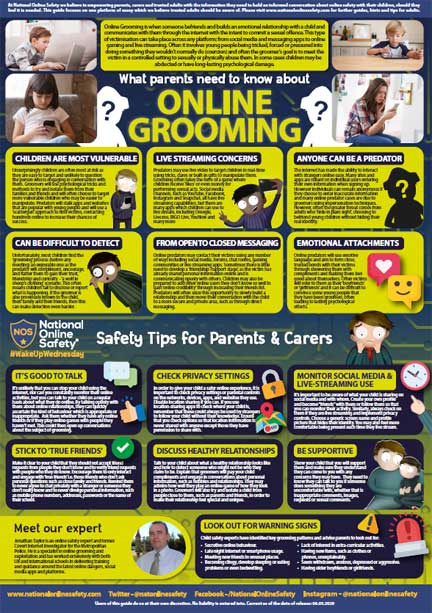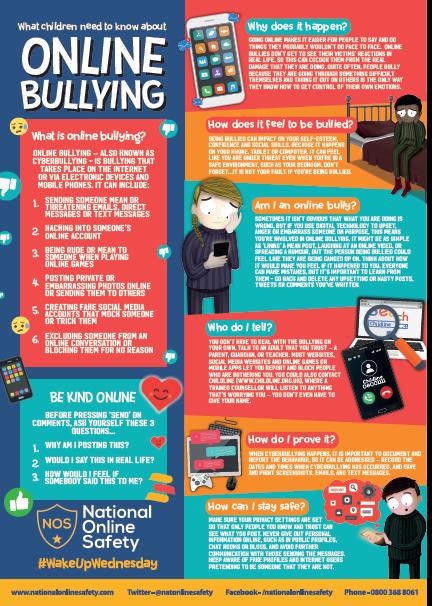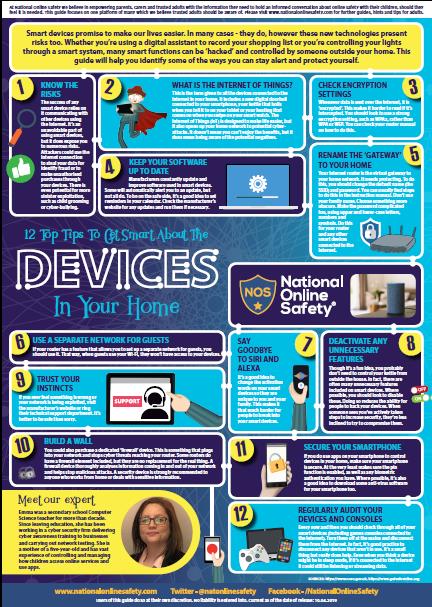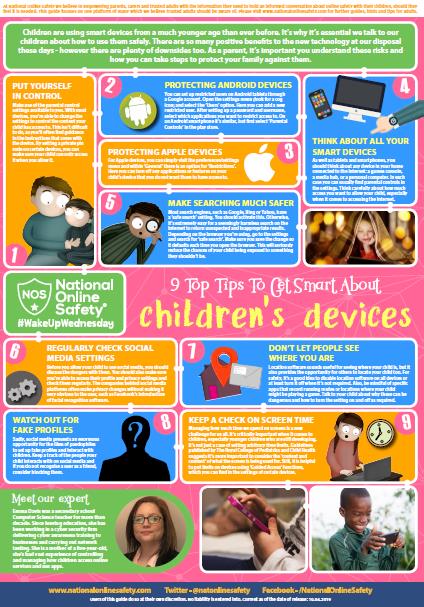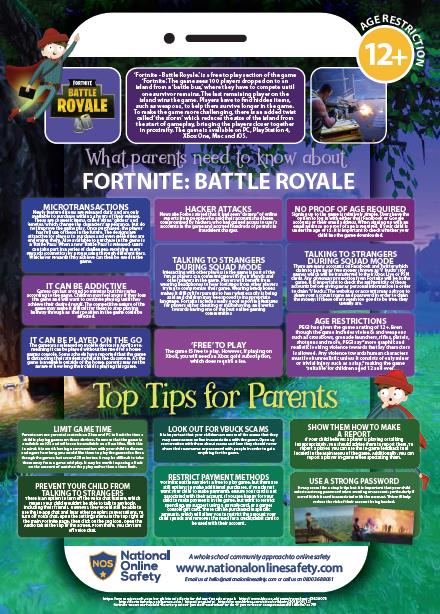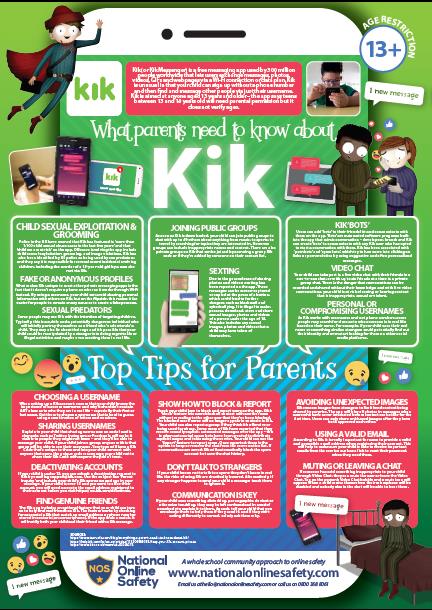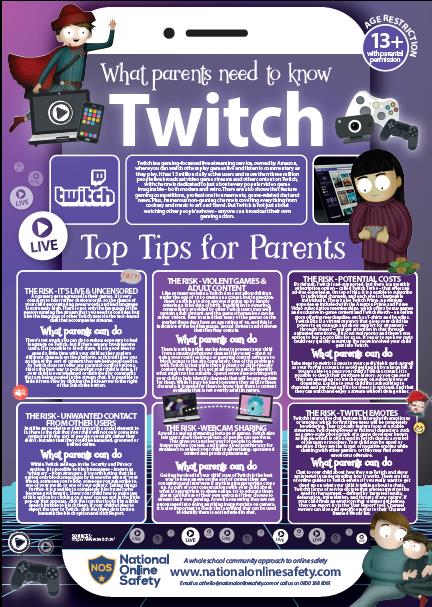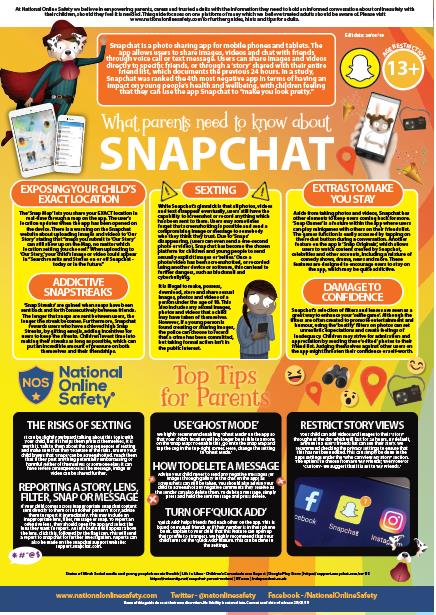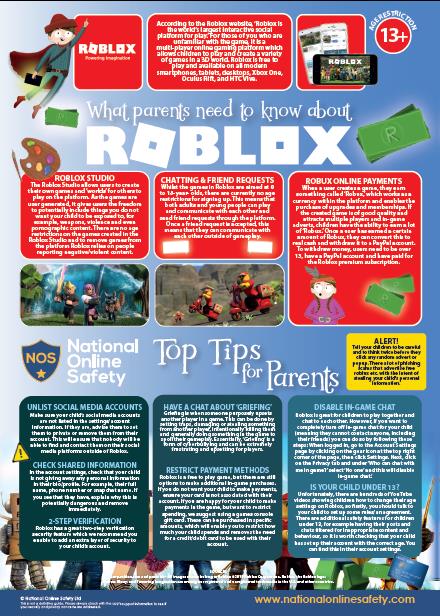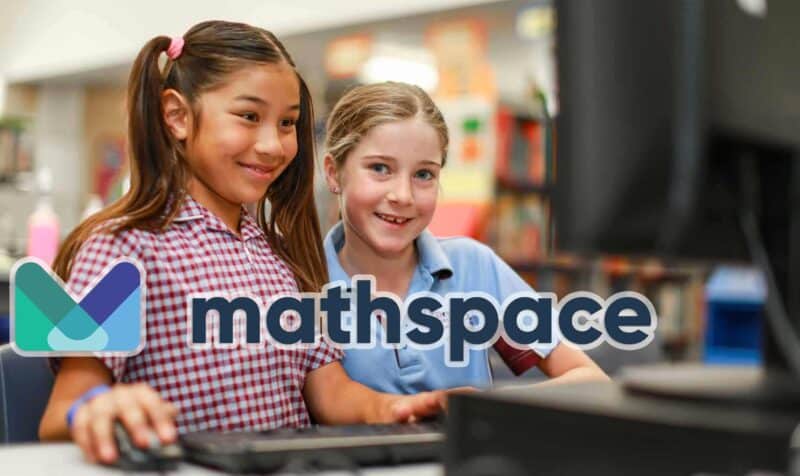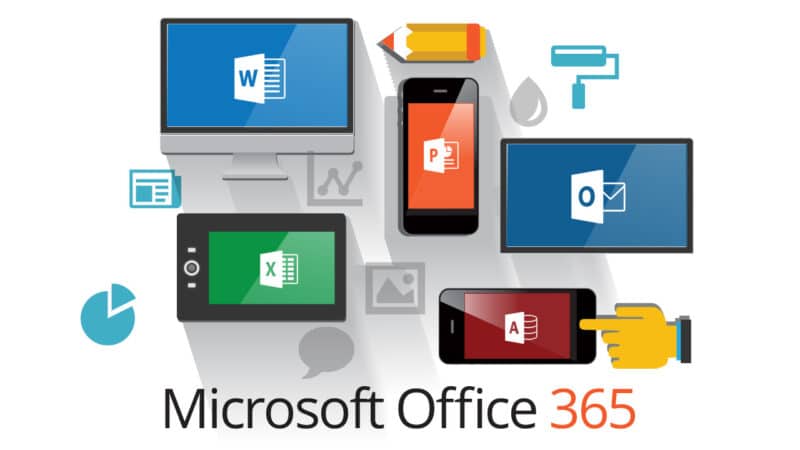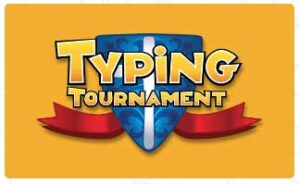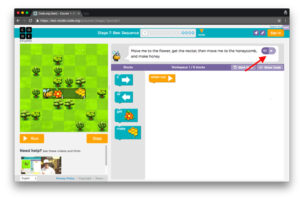Forest Crescent PS Digital Technology
Forest Crescent Primary has seen a structured and progressive rollout of technology supported by school policy and action plans, developed in conjunction with the teaching staff and the ICT committee, reflecting the societal change, best instructional pedagogy and relevance to the student’s learning. This rollout has been supported by planned maintenance and upgrade of hardware, network and software as deemed necessary to meet student learning needs.
Online learning has become more evident through learning programs involving mathematical and literacy software and assessment using ACER Online Literacy and Numeracy Testing. Progress has been made in the Home/School link, with Information Technologies being used to communicate student learning via email, newsletters, Microsoft PowerPoint, and multimedia presentations at school assemblies and open nights.
In 2025, the school will continue to use Digital Technology, with an emphasis on cross-curricular links. Students will develop coding skills through online learning (Years 2-6) and interact with various interactive robots (Years 1-6) in classrooms using Sphero, Dash & Dot, and Lego EV3 Mindstorm. Year 2 to Year 6 students are also involved with an online typing program to increase their typing accuracy and speed, indeed as online NAPLAN testing becomes mandatory.
Throughout 2020, as part of amalgamating digital technology into the curriculum, various teachers have been involved in developing STEM learning programs in the class that integrate concepts and skills of science, technology (both digital and construction), engineering, and maths.
The school’s website development has progressed to allow easy access to the whole school community.
Parent support in this learning area is evident by the acceptance and use of our up-to-date technologies, which include the school app, email, website and Eftpos facilities.
All K—6 classrooms (30 classes), staffrooms, and specialist staff have installed Smart Boards (through Parent’s & Citizen’s Association funding). The use of technology is increasing as staff and students become more proficient, utilising educational internet resources and staff-made resources to enhance learning.
Whilst the school has a fully functional Ethernet-based LAN permitting 2-4 PCs per classroom, plus mini-labs in block common areas, and a class-size lab in the library, the newly installed wireless access across all teaching blocks plus Administration has permitted the use of new technologies throughout the school, such as the regular refreshing of new iPads with educational apps being purchased that best support learning and collectively chosen by junior, middle and senior primary staff, in addition to sixty laptops and the use of networked TV’s in all learning areas. The school has also changed over to the SOE4 configuration for managing our computer infrastructure and devices. In 2023, the senior primary block had sixty-six new notebooks to facilitate better access to digital-based learning.










